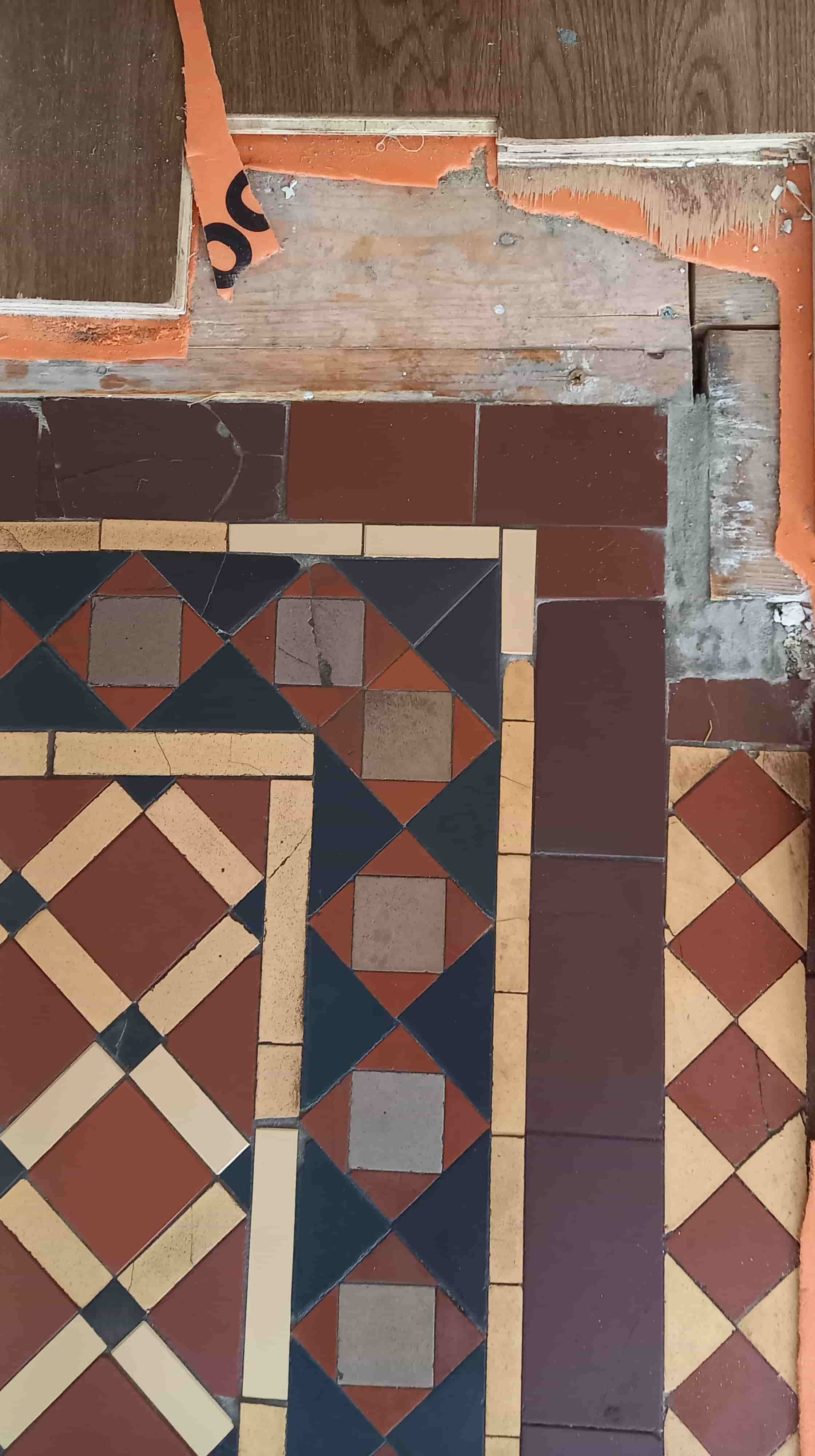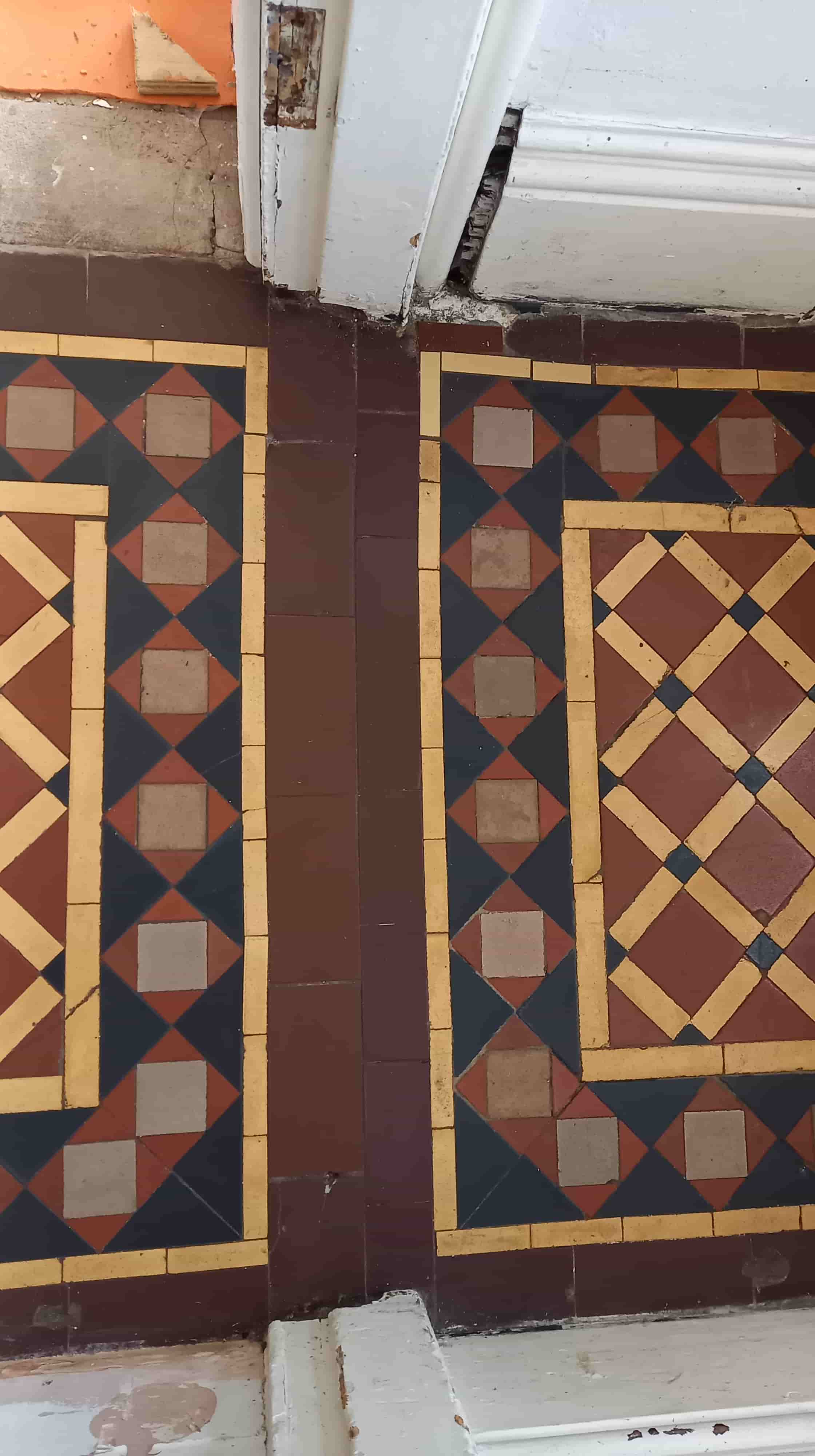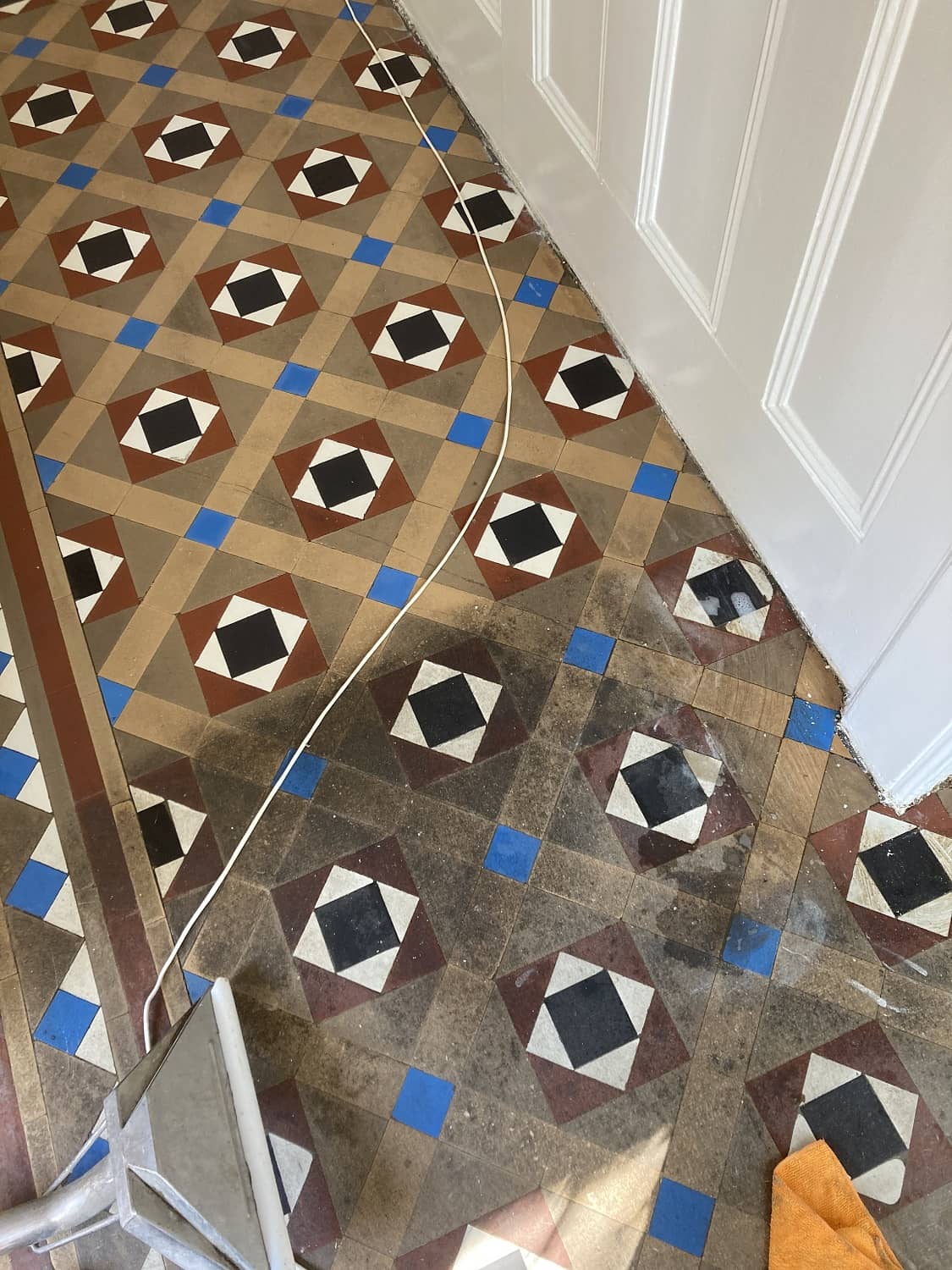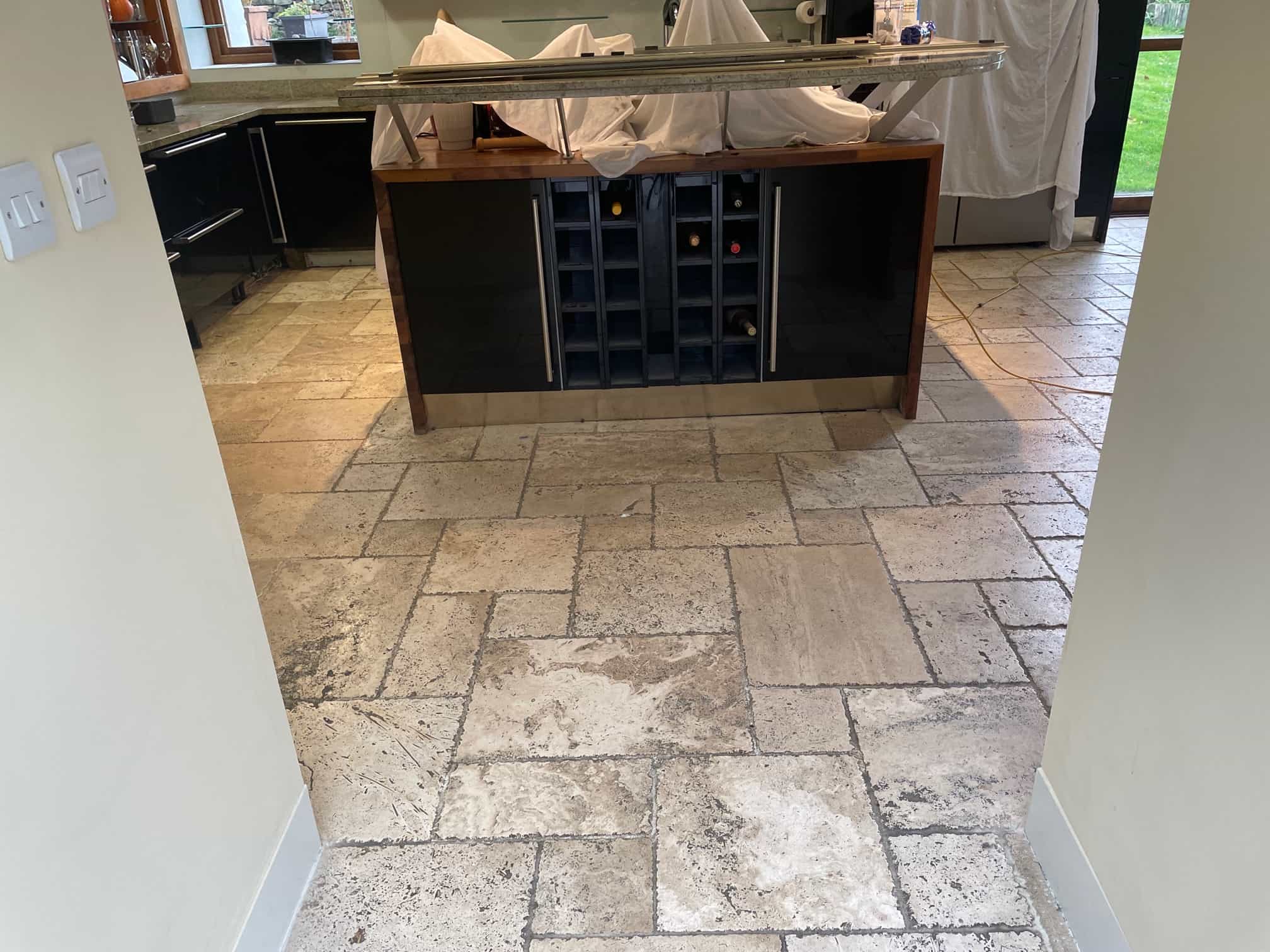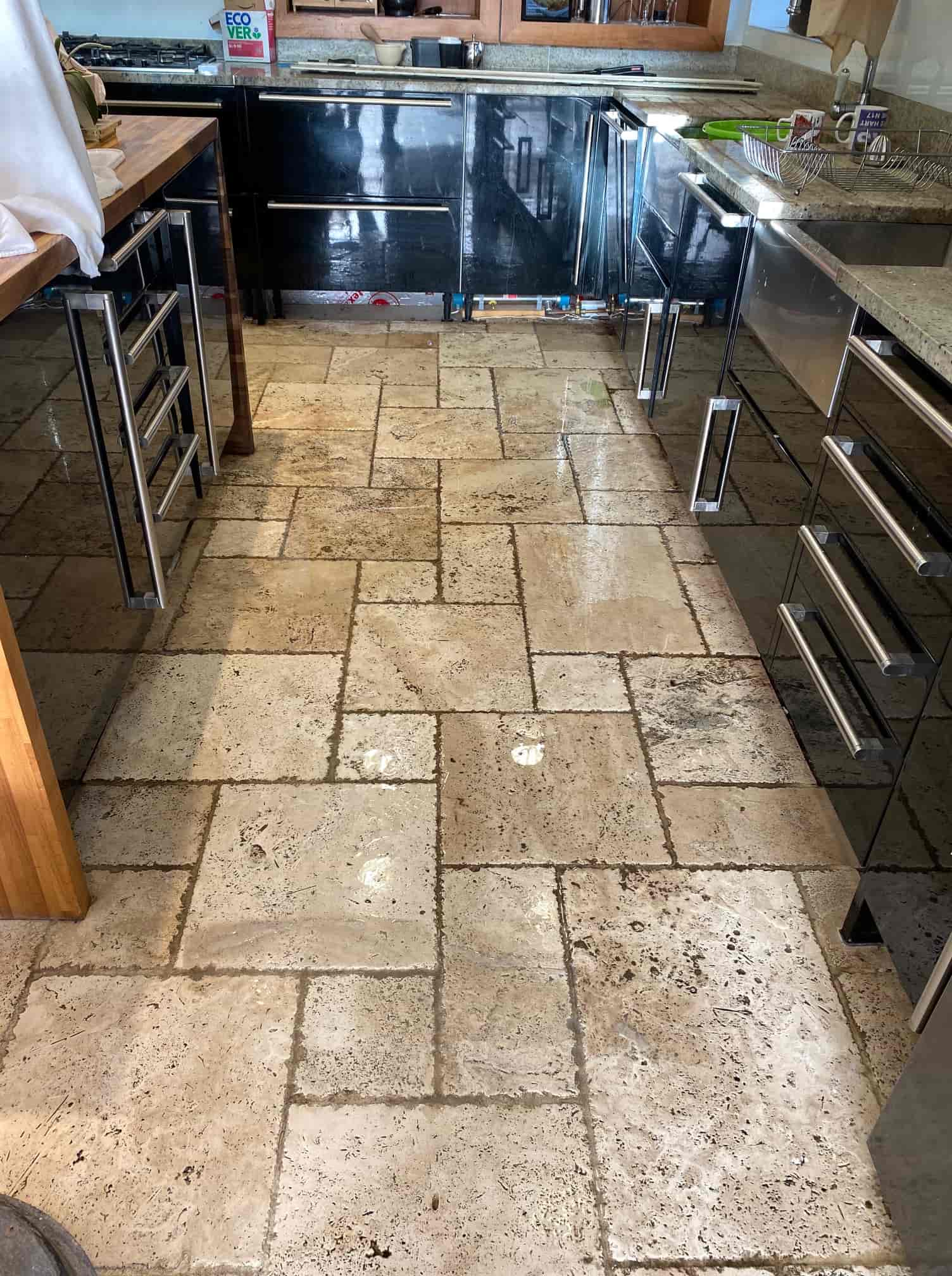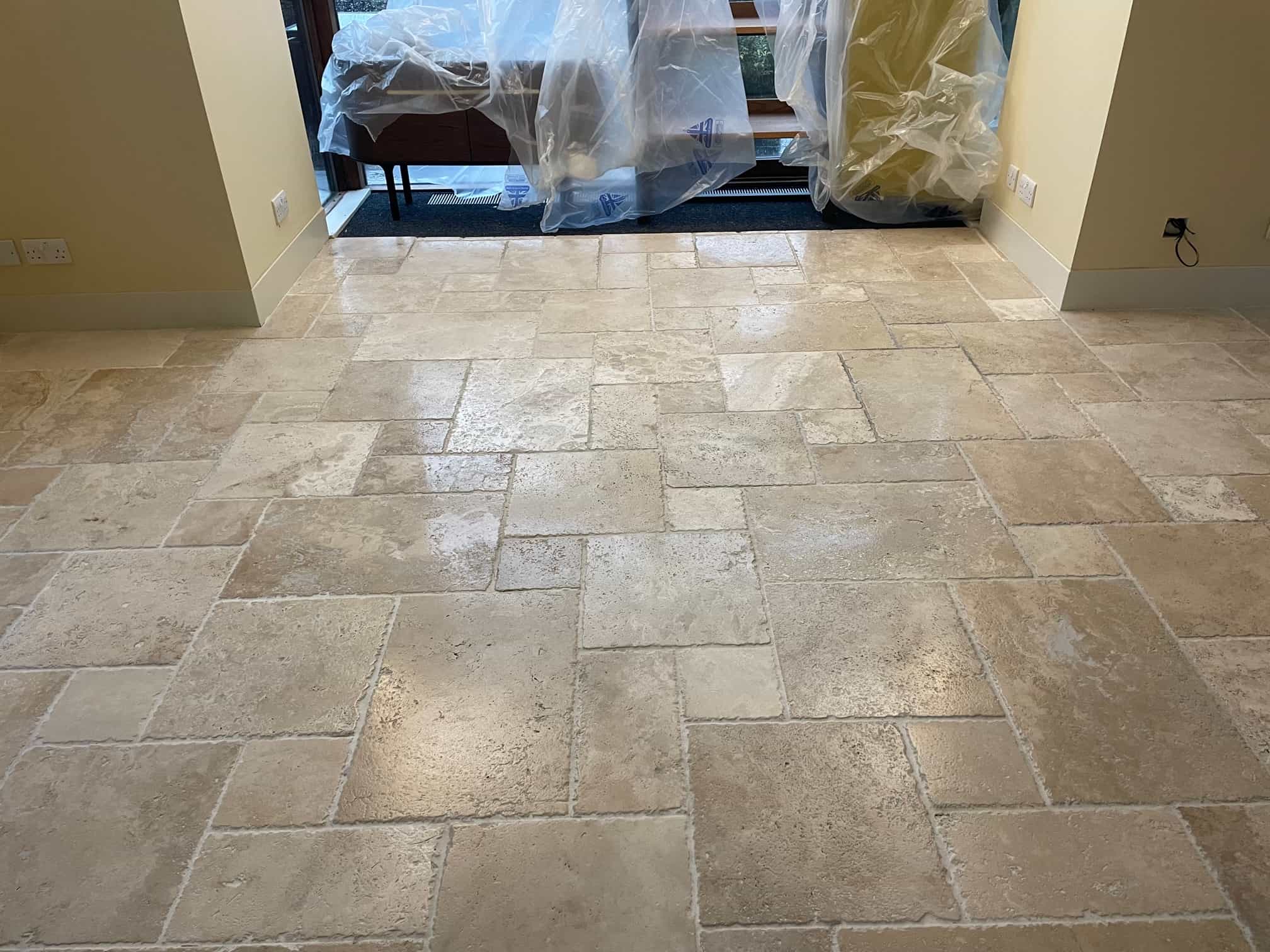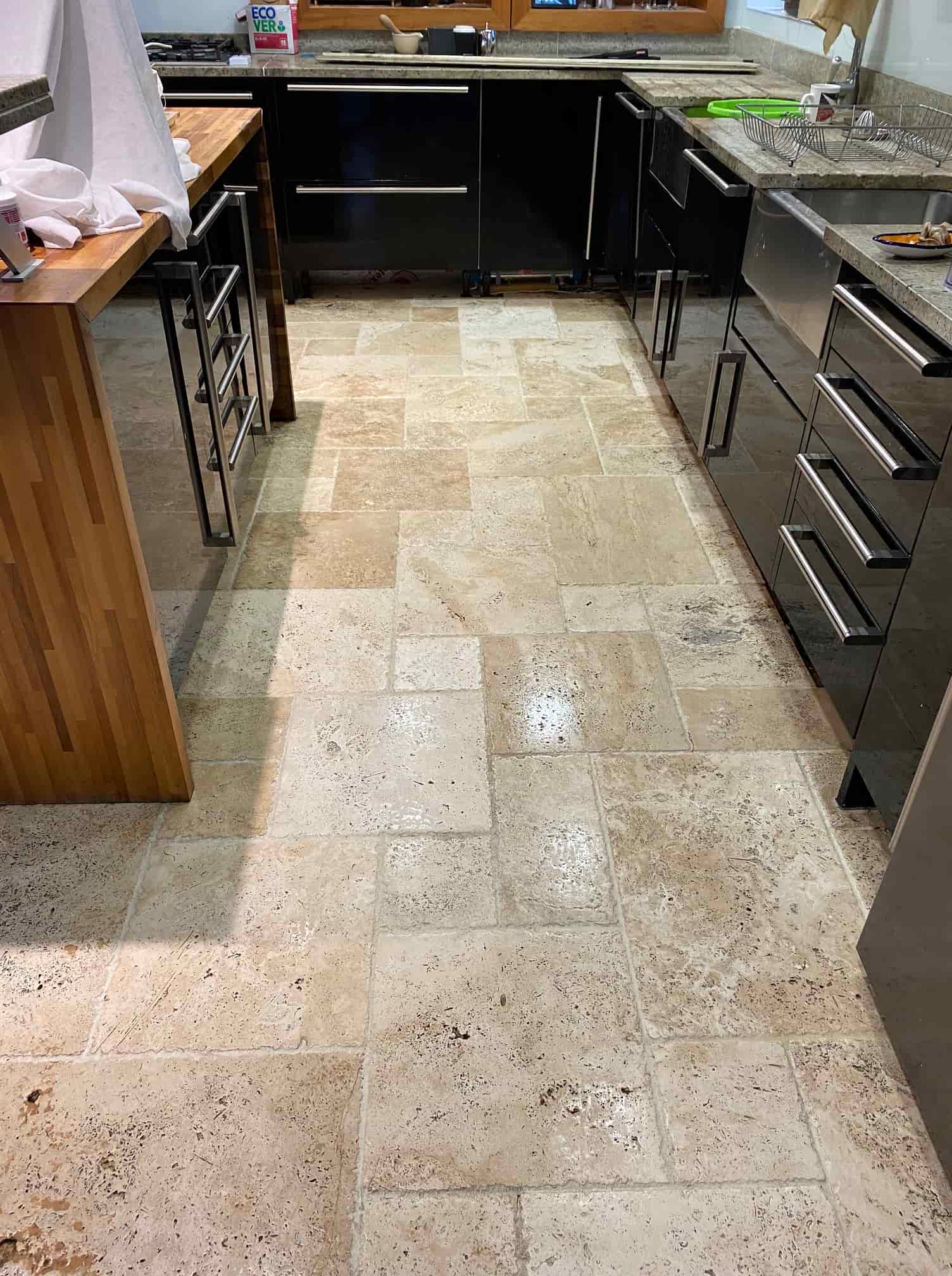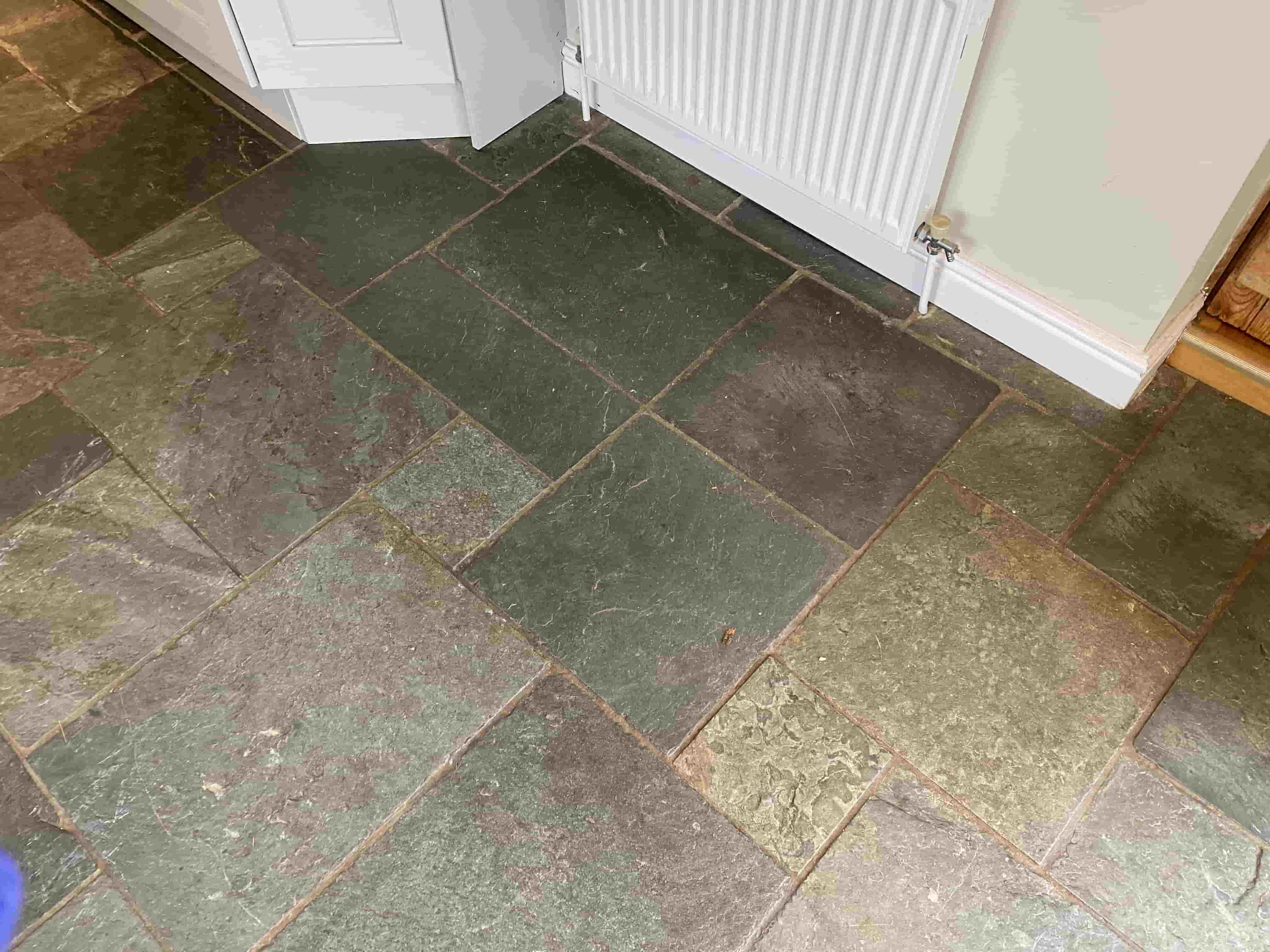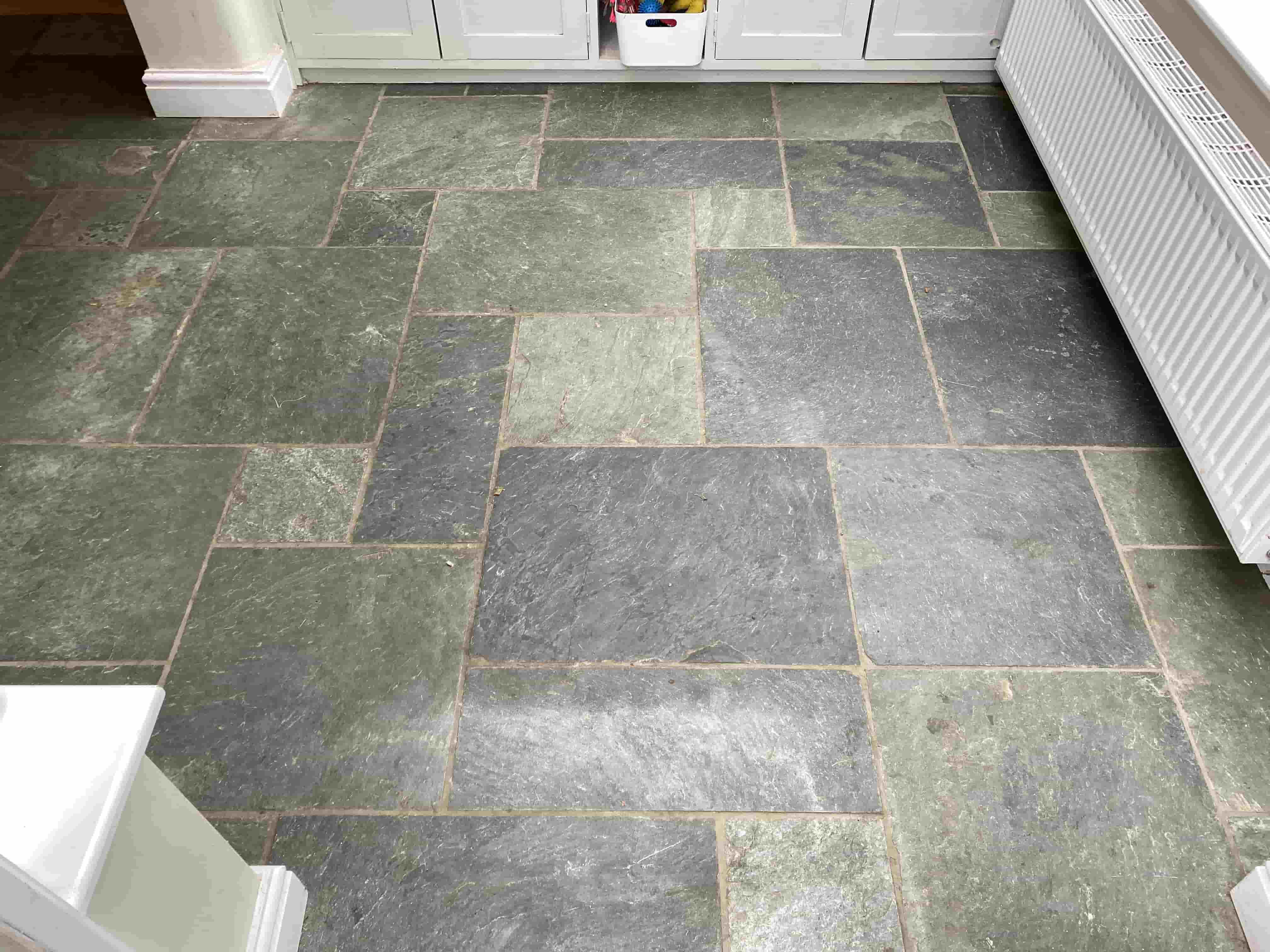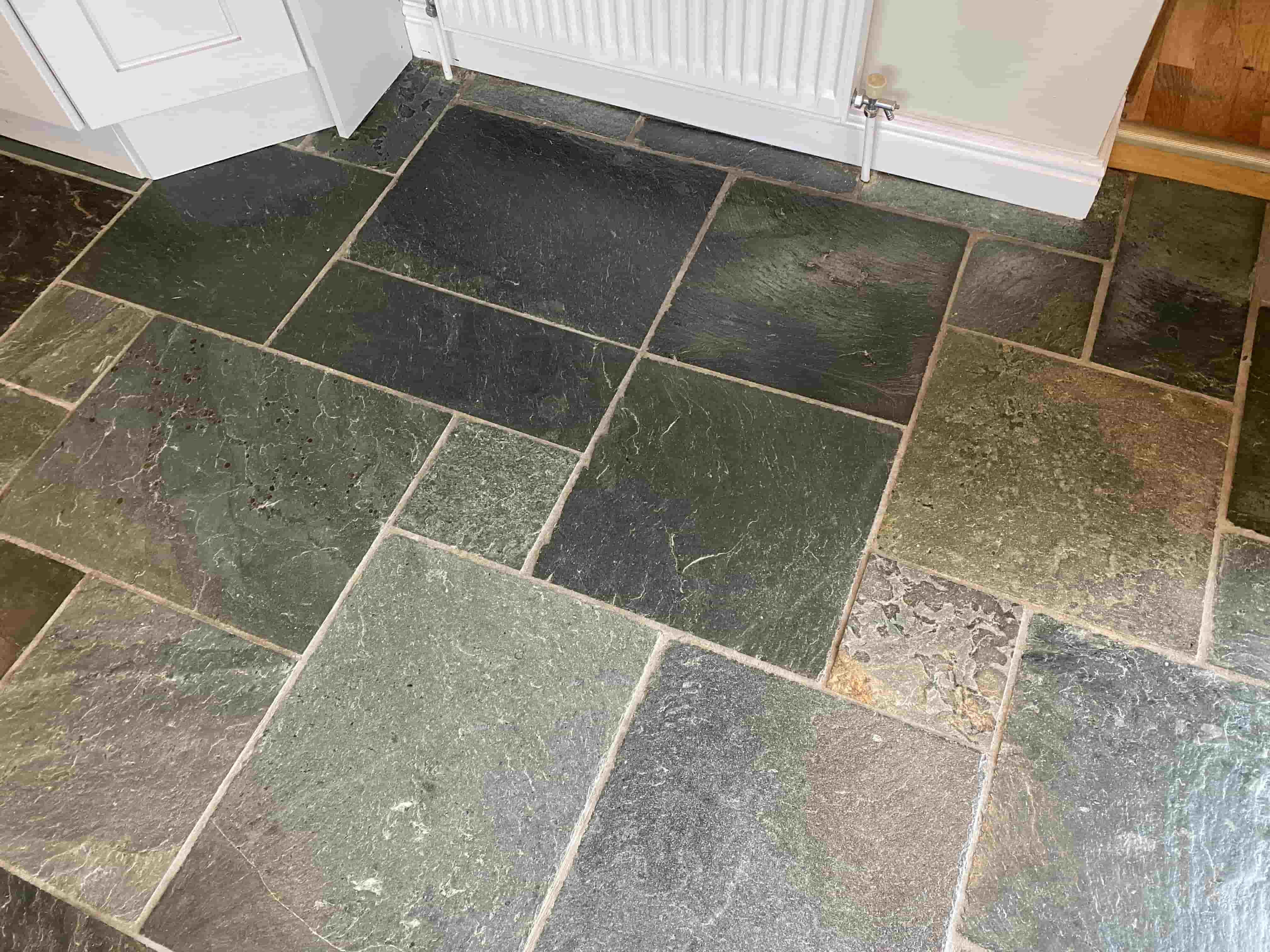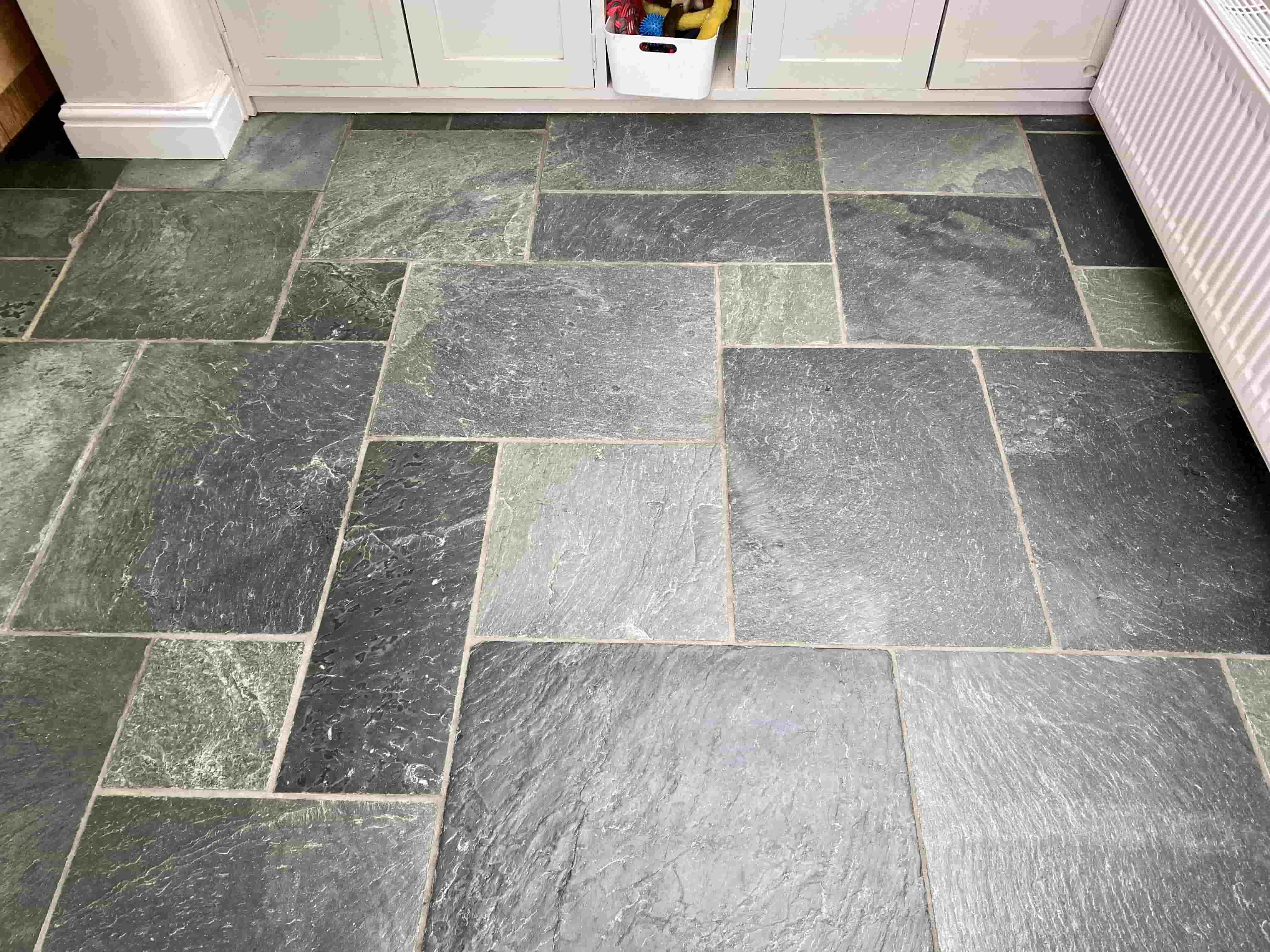Floors that become dried out can begin to squeak. The dried flooring can force the nails in the subfloor to loosen and pop out. The subfloor and the floor joist could then begin to separate and squeak whenever someone walks on the flooring. Carpeted floors that squeak require special help to fix the irritating sounds. Be sure to be careful as you work so as not to damage any of the wood below the carpet.
What You'll Need:
- Rubber mallet
- Masking tape
- Drill
- Carpet repair kit
Step 1 - Locate the Squeaky Areas
Slowly walk over the flooring until you locate the areas where the squeaking sounds occur. If possible, have someone help you to make the job easier.
Step 2 - Mark the Squeaky Areas
Tear off strips of the masking tape. Use the strips of tape to mark off the squeaky floor areas you have found.
Step 3 - Locate the Floor Joist
Use the rubber mallet to tap the floor in the areas you have marked with the tape. As you tap the floor, listen for a dull sound. This will indicate the location of the floor joist.
Step 4 - Drill a Test Hole in the Floor
Use the drill to make a hole in the location of the floor joist. You will know whether you have located the joist by the movement of the drill bit. If the bit slides through the floor, you have not found the joist. If it gets stuck within the flooring, you have found the joist. You will need to continue until you are able to find the floor joist on both sides of the squeaky floor area. Most floor joists are installed sixteen inches apart.
Step 5 - Insert the Depth Control Device
The carpet repair kit should contain a depth control device and the necessary snap off screws. Insert the device into the carpet in the location of the floor joist near the squeaky floor area.
Step 6 - Insert the Drive Screw
Insert the screw into the depth control device. Push the screw until the stop guard is reached. Secure the screw through the device with your screwdriver. When you have reached the stop guard, the screw will be visible about the carpet.
Step 7 - Remove the Depth Control Device
Take the depth control device out of the floor. Slide the slotted edge of the device over the screw. Turn the device onto its side and then slide the slotted end of it over the screw.
Step 8 - Remove the Screw Head
Snap the depth control device toward the floor, breaking the head off of the screw. Snap the device again toward the floor. This will force the screw under the carpet.
Step 9 - Finish the Screw Installation
Continue forcing the screws, one foot apart, into the floor joists on both sides of the squeaky floor areas. You will need to continue to work about two feet beyond each of the squeaky areas.
Source: www.DoItYourself.com





